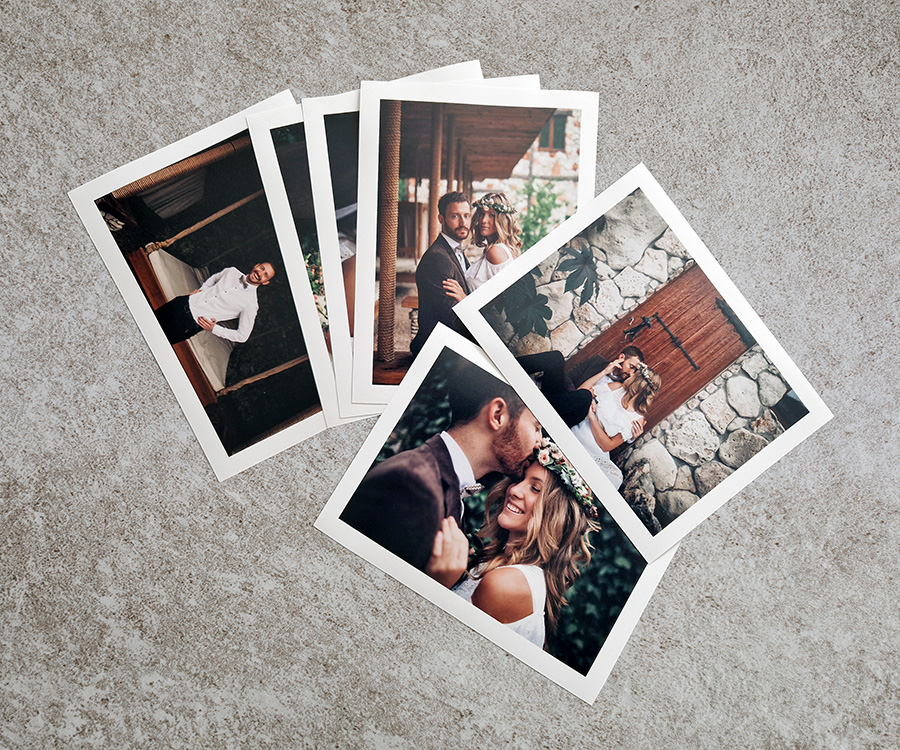Caldas Total Insights
Your go-to source for the latest news and informative articles.
Print It Like it's Hot
Discover trendy printing tips, hot design ideas, and creative inspiration to elevate your projects—print it like it’s hot and unleash your creativity!
Top 5 Printing Techniques to Elevate Your Designs
When it comes to enhancing your designs, understanding the various printing techniques available can make a significant difference. Here are the top 5 printing techniques that can elevate your artistic visions and deliver stunning results:
- Offset Printing: This traditional method is perfect for producing high-quality prints in large volumes. It offers vibrant colors and sharp details, making it ideal for brochures, flyers, and other marketing materials.
- Screen Printing: A versatile technique that allows for the printing of bold graphics on a variety of surfaces, including textiles and plastics. It's particularly popular in the apparel industry.
- Digital Printing: This modern technique enables on-demand printing with quick turnaround times. Ideal for small runs and personalized products, digital printing maintains exceptional quality without the need for expensive plates.
- Flexography: Known for its speed and efficiency, flexography is commonly used in packaging printing. It allows for continuous patterns and is compatible with a wide range of substrates.
- UV Printing: Utilizing ultraviolet light to cure inks, this technique offers fast-drying prints with a glossy finish. It's ideal for high-quality, detailed designs on various materials.
Each of these printing techniques has its unique advantages, and selecting the right one depends on your specific needs and project goals. Consider factors like budget, material, and quantity when choosing how to bring your designs to life.

How to Choose the Right Paper for Your Print Projects
Choosing the right paper for your print projects is essential for achieving the desired quality and impact. First, consider the weight of the paper, which is measured in grams per square meter (GSM). Heavier papers, like card stock, are ideal for business cards or postcards due to their durability, while lighter papers are suitable for brochures and flyers. Additionally, think about the finish: glossy finishes enhance colors, making them vibrant, while matte finishes provide a more subtle, professional look. Evaluate the purpose of your project; for instance, wedding invitations might benefit from a textured or specialty paper, whereas marketing materials require something that stands out.
Next, consider the ink compatibility of your chosen paper. Some papers are specifically designed for inkjet printers, ensuring that colors remain sharp and true, while others may be better suited for laser printers. It’s also important to think about the environment in which your materials will be used; for outdoor displays, a more durable, weather-resistant paper may be necessary. Lastly, always request samples from your printer or supplier to test the look and feel of the paper before making a final decision. By taking these factors into account, you can select paper that not only meets your practical needs but also enhances the overall presentation of your work.
Common Printing Mistakes and How to Avoid Them
When it comes to printing, even the smallest mistakes can lead to significant setbacks. One common mistake is choosing the wrong paper type. Using glossy paper for documents meant for a matte finish can result in smudged ink and unprofessional appearance. Additionally, misjudging the printer settings can lead to inconsistent colors and poor image quality. To avoid these issues, always ensure that you select the appropriate paper type and adjust the printer settings accordingly before hitting the print button.
Another frequent error is overlooking proofreading before printing. Typos and grammatical errors can be embarrassing, especially in professional documents. To prevent this, it is advisable to read through your content multiple times and consider having another set of eyes review it as well. Utilizing tools like spell check can also help catch those pesky mistakes. Making these simple adjustments can enhance the quality of your printed materials and convey a more polished image.